Tom Sachs on Switzerland, LSD, and the cult of organisation
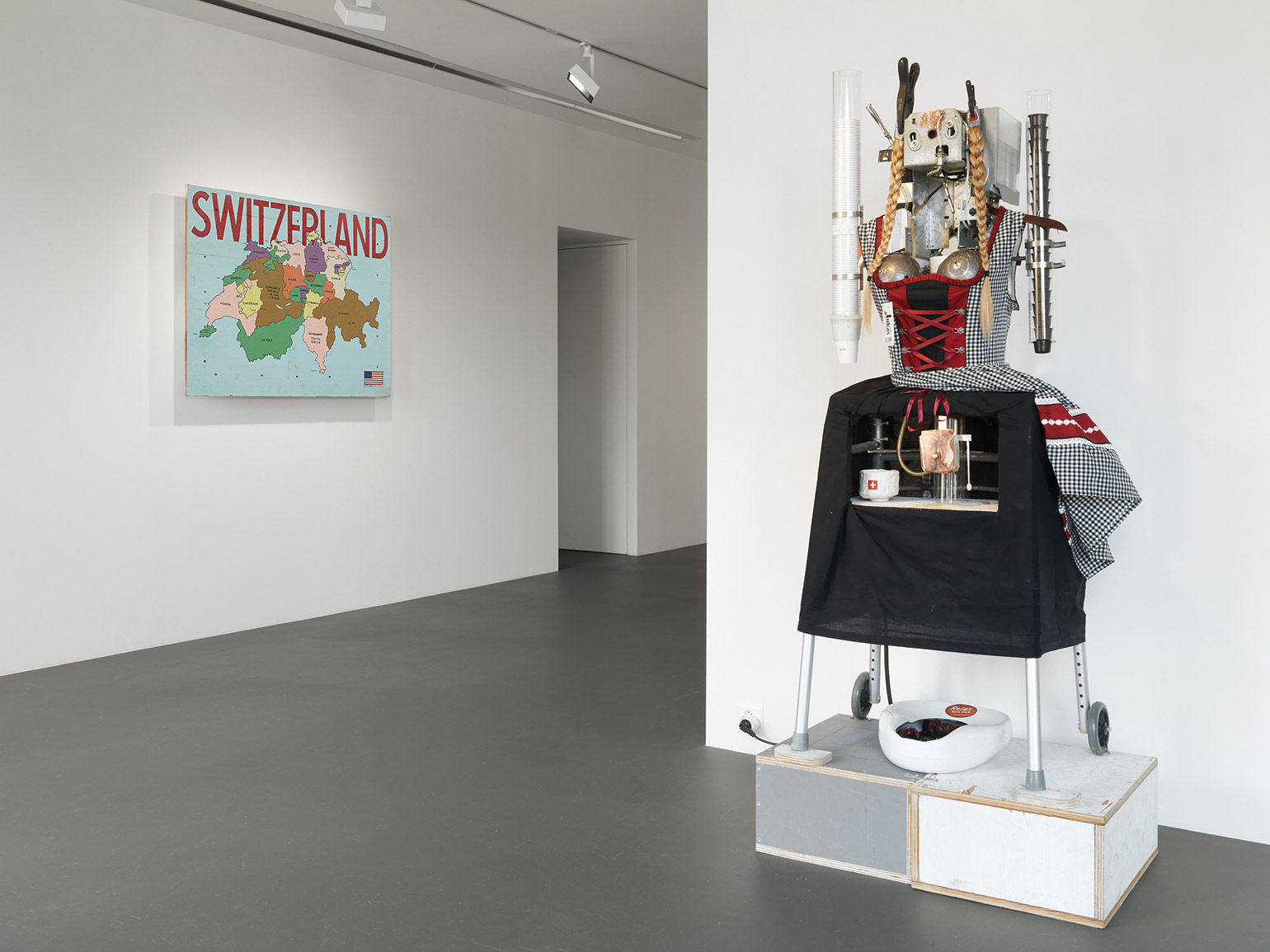
Tom Sachs has more in common with the Swiss than he would have you believe. The American artist runs a decidedly precise operation in New York governed by a rigorous framework of ten rules – or ‘bullets’ – outlined in the studio’s video manual. And just like the Swiss, above all else, Sachs values punctuality, efficiency, order and fines (‘monetary sacrifices’, as decreed in the manual, for breaking the aforementioned rules). ‘Switzerland has always been in the forefront of my thinking,’ says Sachs, whose current show at Vito Schnabel Gallery in St Moritz rethinks the ‘Swiss brand’.
‘Ever since I went there I always have been fascinated with the “organisation cult” of Switzerland – it’s the kind of thing I’ve always aspired to,’ explains the artist, who issued mock Swiss passports for 24 hours last year during London’s Frieze Week. ‘One of the things we do as human beings to face the inevitable entropy that is our demise, is to spend time organising materials into systems so that we can have rich lives. The horror isn’t that the universe is cruel, but that it’s indifferent.’ (Cue Sachsian bullet #8: Always be Knolling.)
The St Moritz exhibition takes its name from a 1969 Joseph Beuys installation, The Pack, comprising a VW van with 24 wooden sleds trailing behind, each equipped with a felt blanket, a flashlight, and a lump of animal fat. Sachs’ homage slyly references the Pontifical Swiss Guard, with a trio of electric motorcycles named for cities in the African states (Lagos, Mogadishu, Kinshasha) and rigged with weapons and a postmodern survival kit complete with snacks.
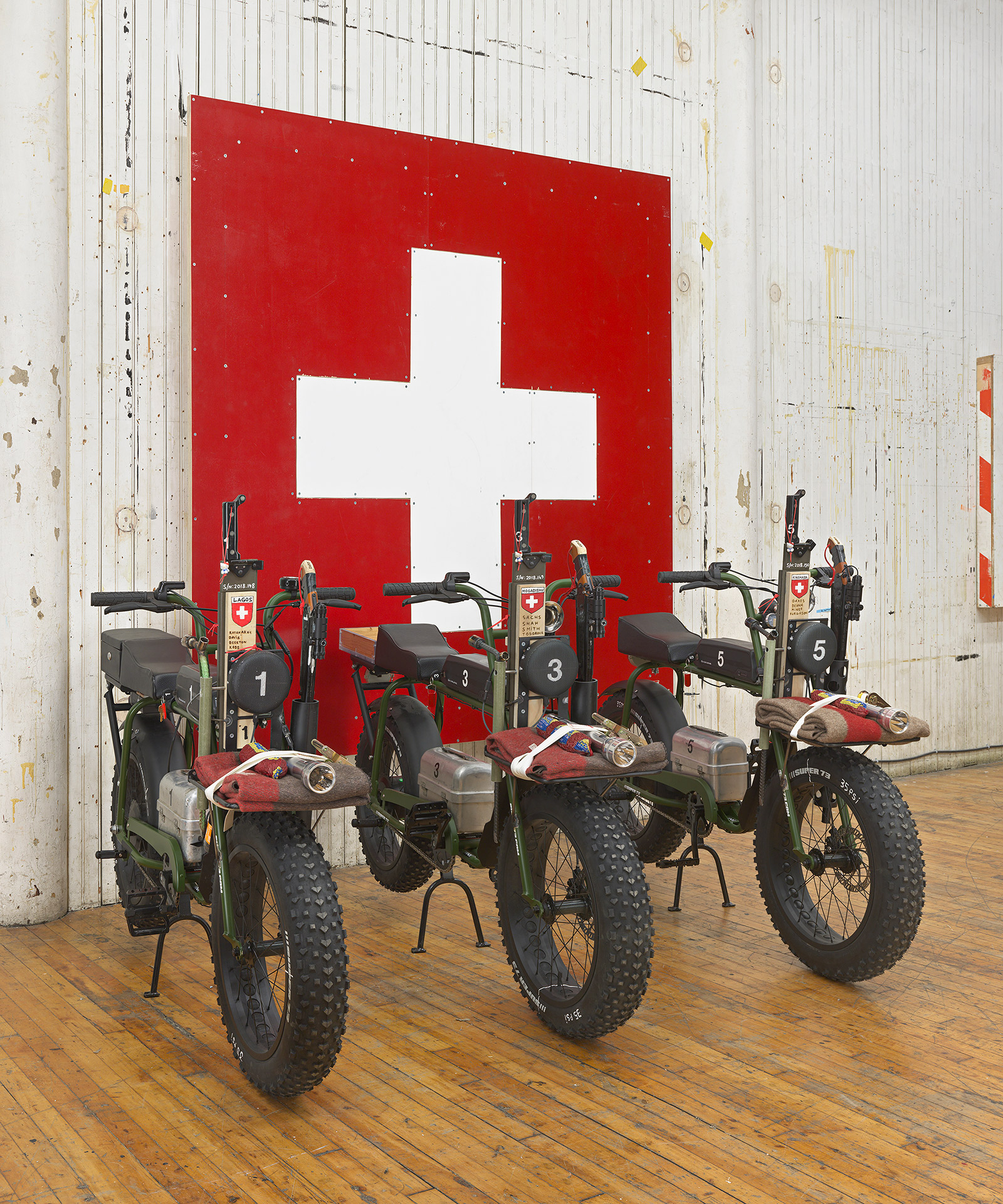
The Pack (Lagos), 2018; The Pack (Mogadishu), 2018; The Pack (Kinshasha) 2018; Flag, 2018; all by Tom Sachs. © Tom Sachs. Photography: Genevieve Hanson. Courtesy of Tom Sachs Studio and Vito Schnabel Gallery
Other familiar Alpine tropes – the Swiss Army Knife, wholesome folklore heroine Heidi, the nation’s flag – are reconfigured in Sachs’ alternative Switzerland. Is the image of Swiss perfection a myth? ‘The idea of Switzerland also brings up all kinds of questions about banking and hiding economic resources. But the idea of Switzerland, including its flag (which is the inversion of the Red Cross) and its island-nation status in Europe, has always been this symbol of prestige.’ Sure, Sachs’ sculptures are inherently parodical, but they also invite deeper reflection upon an imbalance that’s become systemic of rich and poor countries alike.
‘People in Switzerland appreciate the depth of Tom’s work, the sincerity of his fascination with Switzerland and his love for a place that leads him to critique,’ says gallerist Vito Schnabel, who has worked with Sachs for more than 15 years. Over the past six months the pair have collaborated on a number of projects, including a fully-functioning mezcaleria in New York that served as a prelude to Sachs’ outing in St Moritz. ‘The physical presence of the sculptures in the exhibition are very compelling – beautiful and strange and sometimes disturbing. But their conceptual framework is just as strong.’
LSD is important because it’s a window into another world, it’s a window to what we can achieve through work.
Sachs has long been drawn to Switzerland’s reputation as a global model of financial prowess, scientific progression, political neutrality, and world-class infrastructure. ‘When you have economic resources as rich as Switzerland you are in a position to mitigate nature in a way that’s unmatched,’ says Sachs. ‘Harnessing the power of nature is the ultimate act of mankind. There’s no place on earth where nature is better cultivated. But that’s not even limited to what we do with the things that we can see in nature.’
The artist continues: ‘The greatest particle collider [in the world] – the laboratory at CERN – has investigated nature on a sub-atomic level and is going deeper than even the Americans have gone. It is unusual for a small European country to lead in such a profound area, literally going farther than anyone else has gone in, and the opposite of the space programme, which is going out.’ Several other works in the show reflect the NASA-obsessed artist’s ongoing fixation with expedition, including the lunar odyssey-inspired Moon (2018).
His work similarly finds itself intertwined with industrial invention, another idiosyncrasy he shares with the Swiss. After all, velcro, cellophane and LSD were invented in Switzerland. ‘It’s amazing that LSD was invented in Switzerland because it’s such a strong symbol of counterculture. I think LSD is important because it’s a window into another world, it’s a window to what we can achieve through work. I’m not a huge advocate of recreational drugs but I do believe it’s important to use anything available to explore. And going inside the mind is one of the least understood sciences and areas of exploration that there is.’
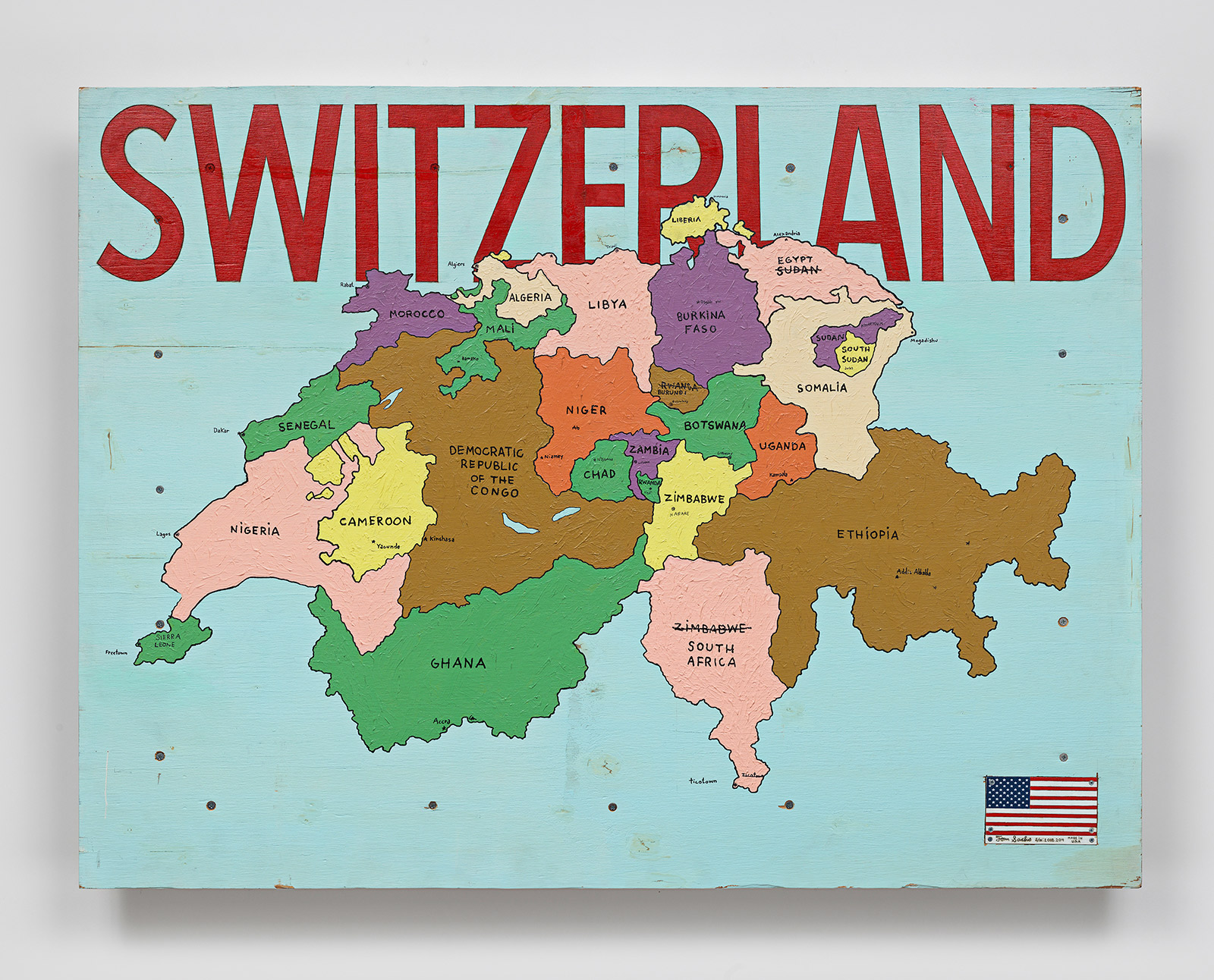
Switzerland, 2018, by Tom Sachs, plywood, Synthetic polymer paint, steel hardware. © Tom Sachs. Photography: Genevieve Hanson. Courtesy of Tom Sachs Studio and Vito Schnabel Gallery
Sachs poses pointed questions about global identity and colonial destabilisation too. In Switzerland (2018), the artist renames the 26 cantons of the Swiss Confederation after Africa’s sovereign states, proposing a redistribution of wealth both economically and culturally. ‘I almost want to invert the most soulful and the most soulless, or the most affluent and the poorest,’ he notes. ‘The main influence of being an American is the art of the African diaspora – we’re built on slavery.’ It’s a stark and sobering reminder of man’s violent history, at odds with the gallery’s pristine Alpine surrounds.
‘Everything in this show – everything the studio makes – is for, or part of, a ritual experience of making the thing itself or another activity in the studio, like something as simple as having a cup of coffee.’ Though Sachs insists his ‘anarchistic workshop’ is more like Cuba than Switzerland, ‘The Pack’ has us convinced otherwise. Drinking coffee poured from a busty, robotised Heidi allows us to revel, just for a moment, in the absurdity of it all.
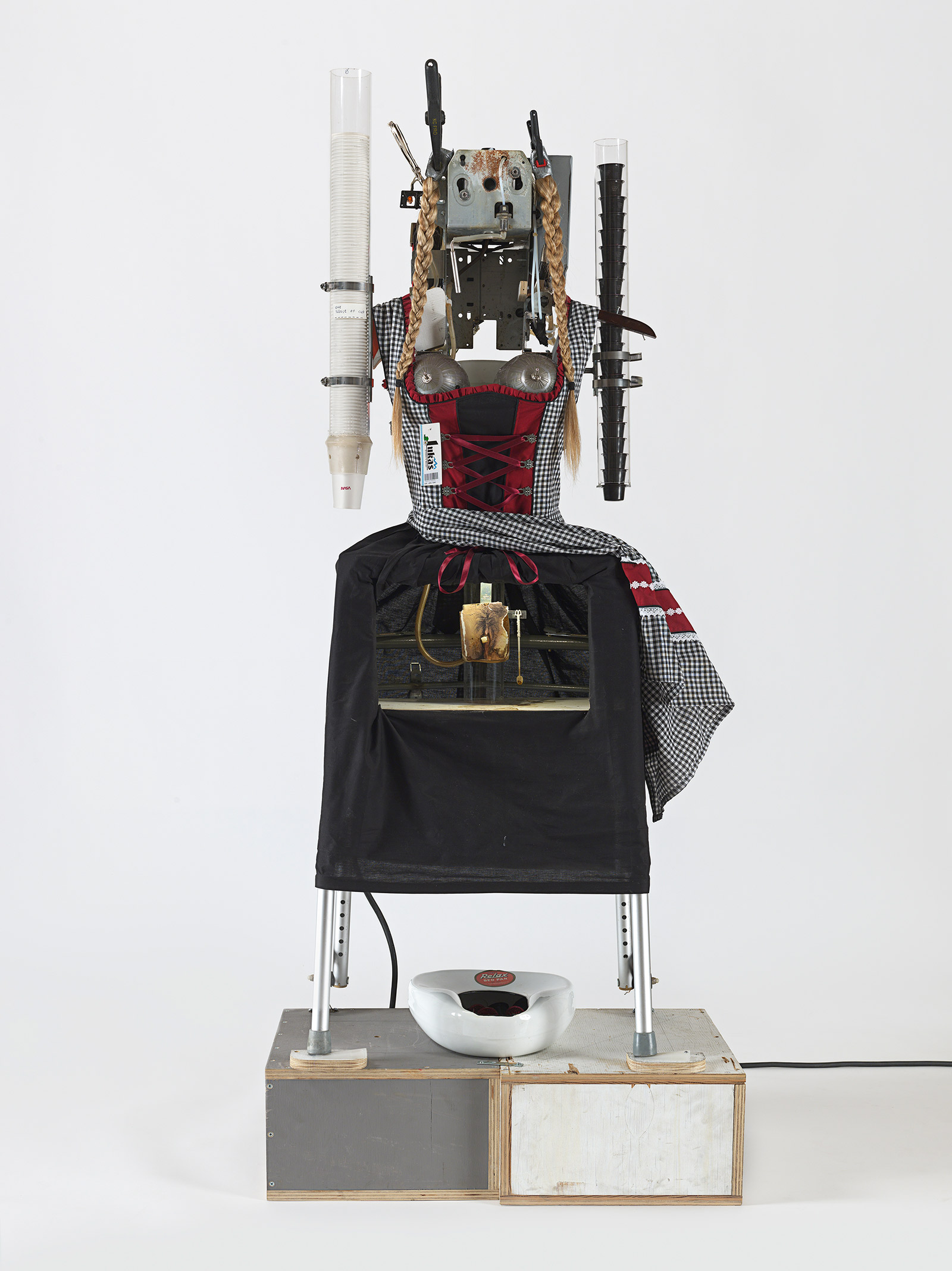
Heidi, 2018, by Tom Sachs, mixed media. © Tom Sachs. Photography: Genevieve Hanson. Courtesy of Tom Sachs Studio and Vito Schnabel Gallery
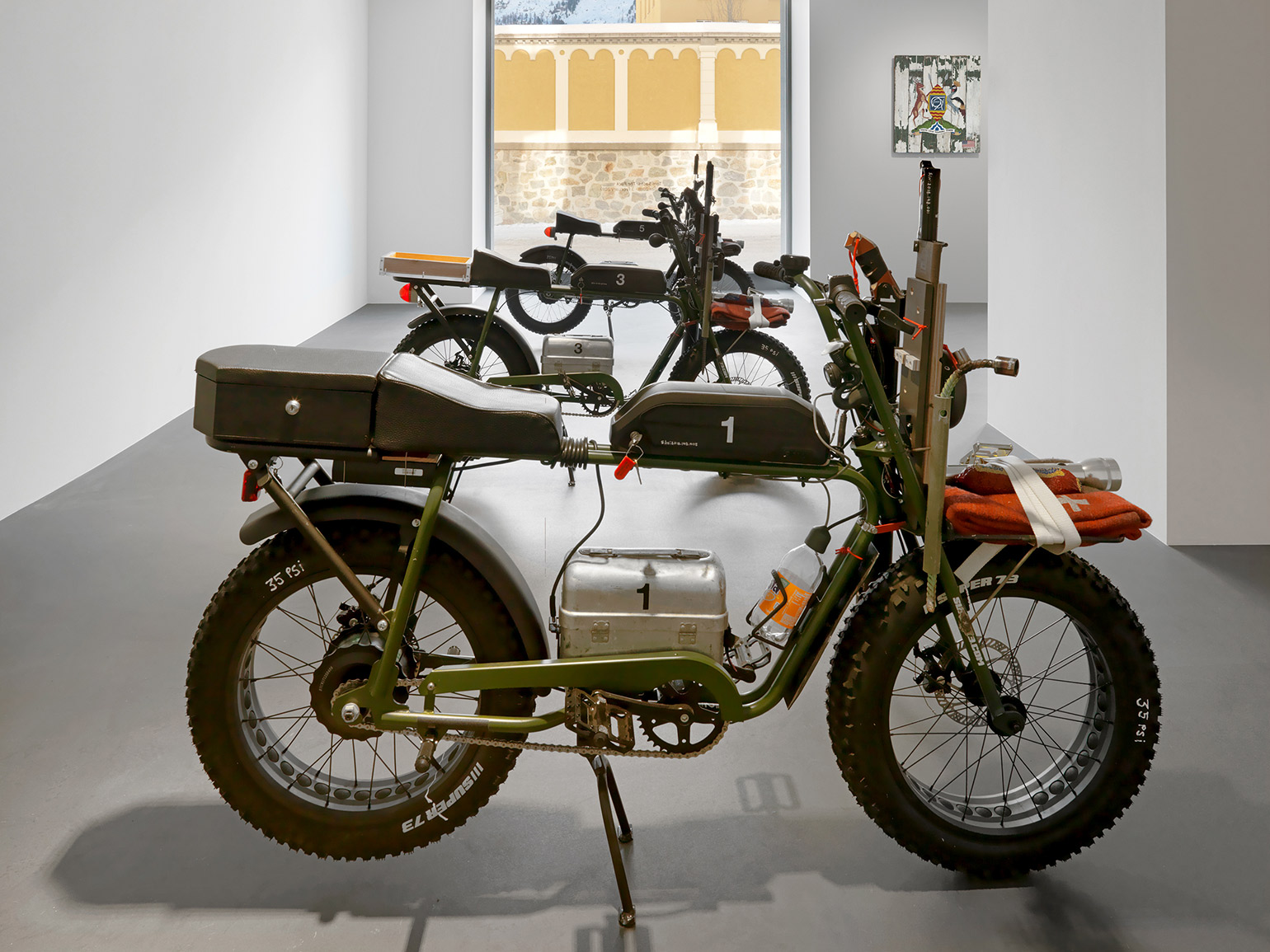
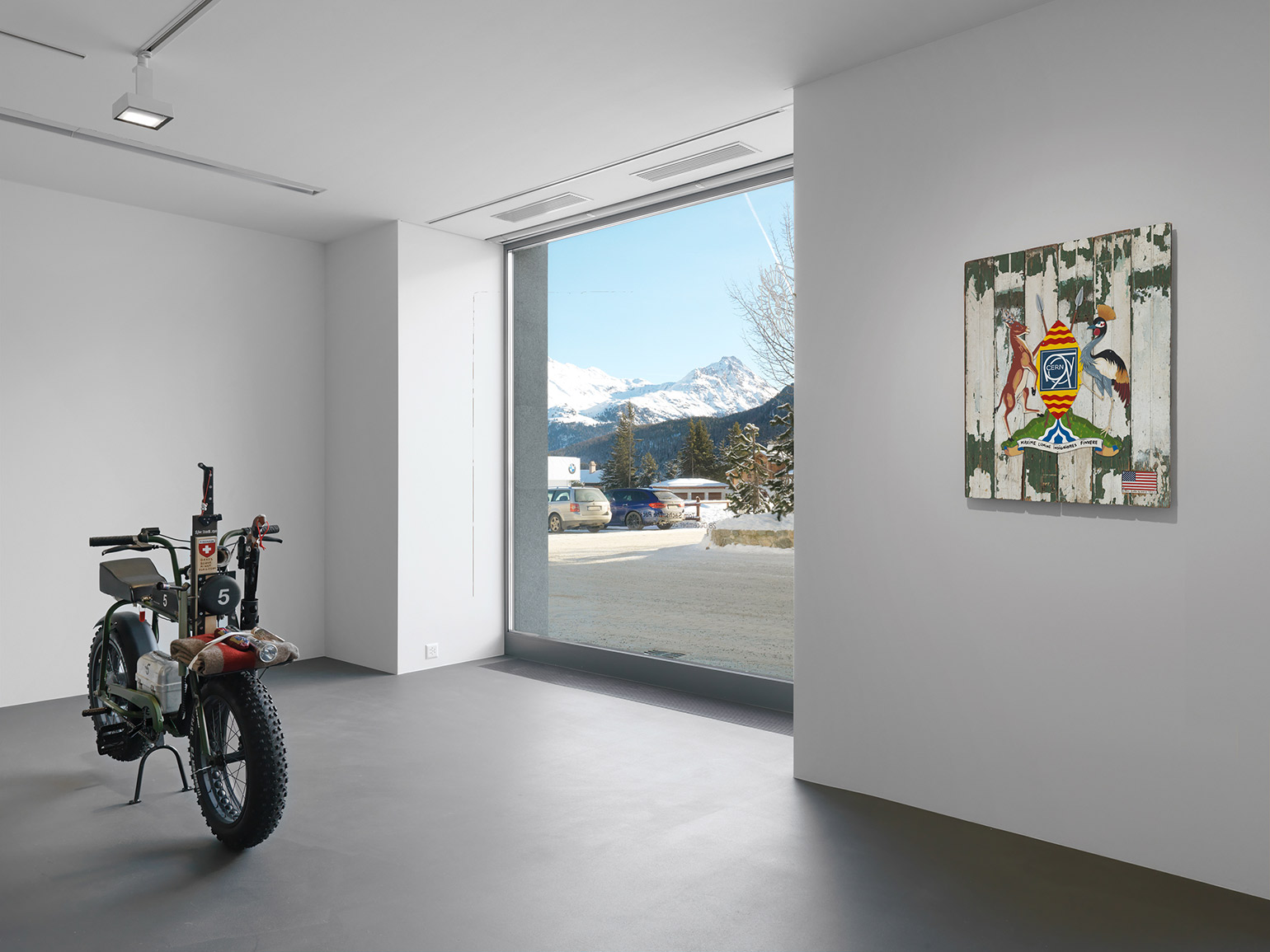

Maximum Luminosity, 2018, by Tom Sachs, mixed media. © Tom Sachs. Photography: Genevieve Hanson. Courtesy of Tom Sachs Studio and Vito Schnabel Gallery

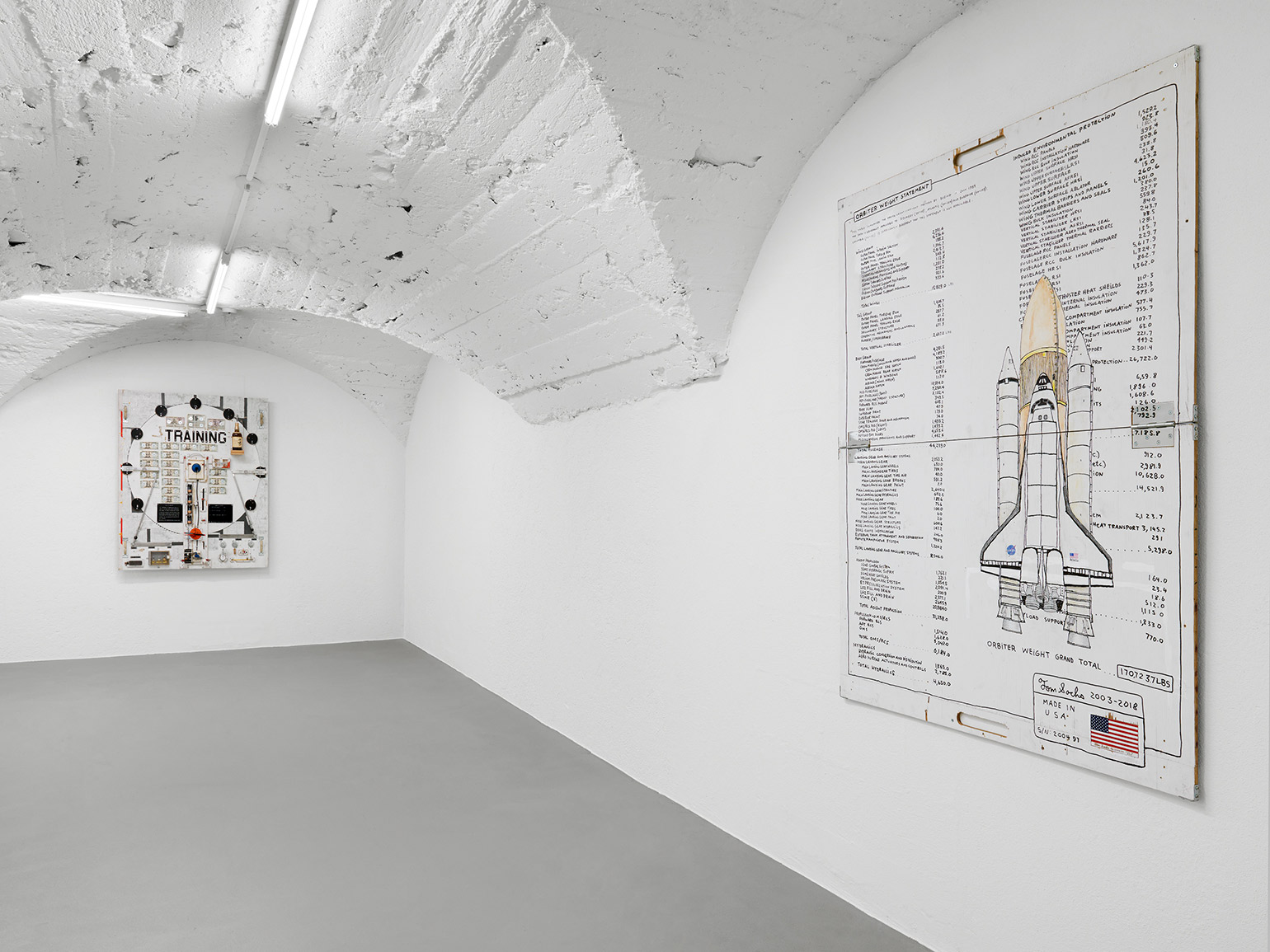
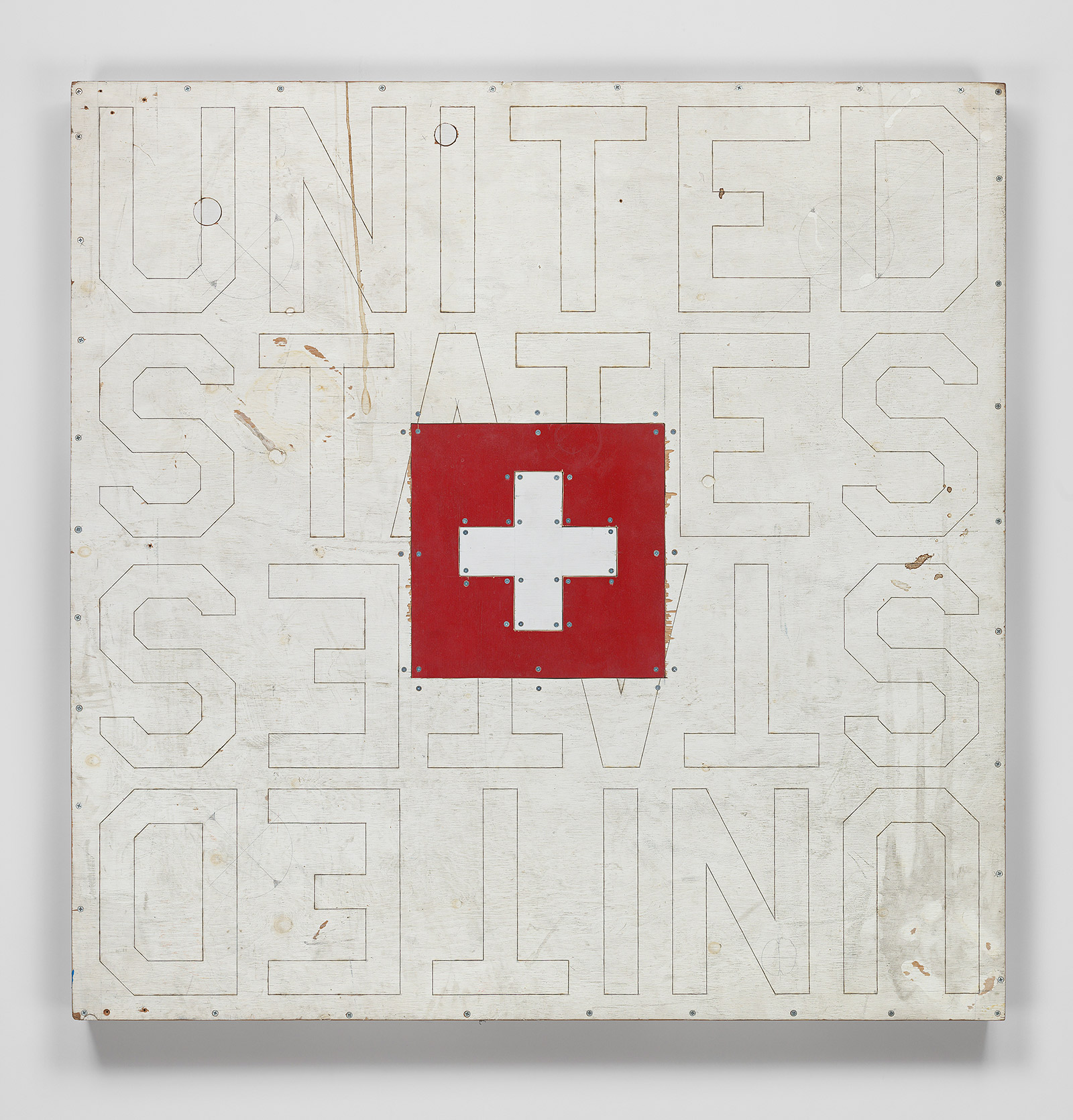
United States, 2018, by Tom Sachs, synthetic polymer paint, steel, pyrography on plywood. © Tom Sachs. Photography: Genevieve Hanson. Courtesy of Tom Sachs Studio and Vito Schnabel Gallery
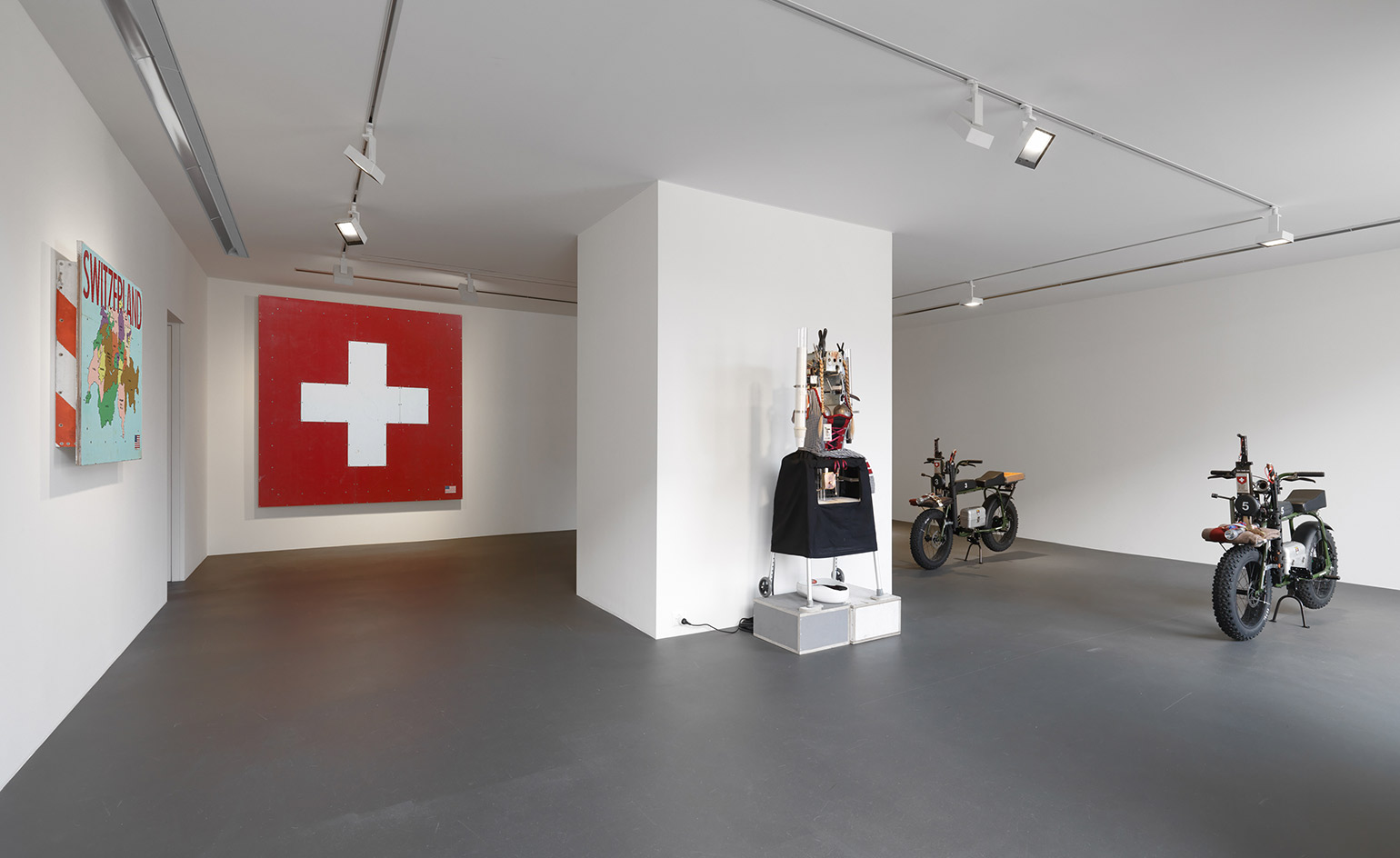
INFORMATION
‘The Pack’ is on view until 3 February. For more information, visit the Tom Sachs’ website and the Vito Schnabel Gallery website
ADDRESS
Receive our daily digest of inspiration, escapism and design stories from around the world direct to your inbox.
Vito Schnabel Gallery
Via Maistra 37
7500 St Moritz
-
 Three new smartwatches showcase new frontiers in affordable timepiece design
Three new smartwatches showcase new frontiers in affordable timepiece designLong may you run: smartwatches from Withit, Kospet and OnePlus favour function and value above all else, demonstrating just how much the smartwatch has evolved in recent years
-
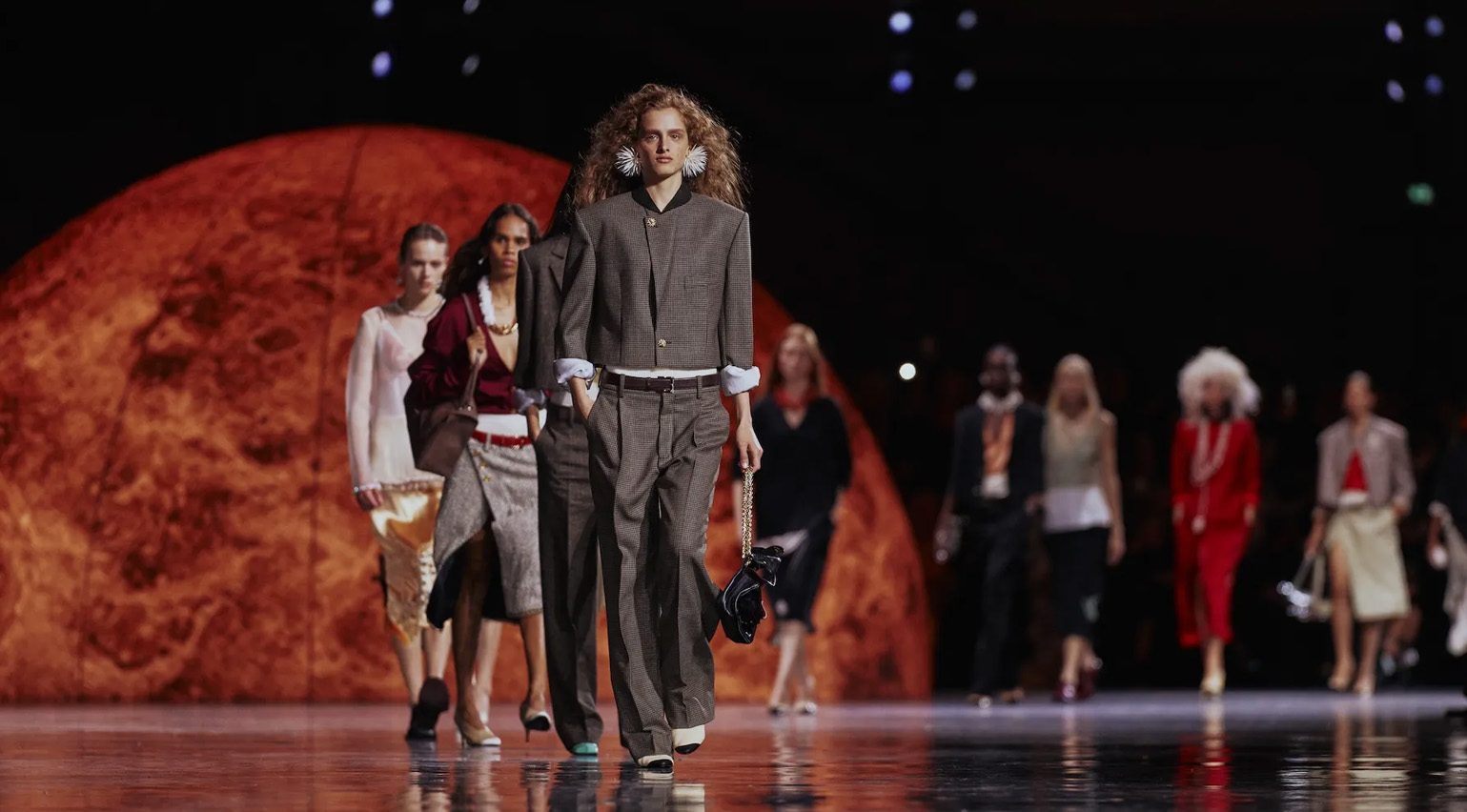 Debuts, dandies, Demi Moore: 25 fashion moments that defined 2025 in style
Debuts, dandies, Demi Moore: 25 fashion moments that defined 2025 in style2025 was a watershed year in fashion. As selected by the Wallpaper* style team, here are the 25 moments that defined the zeitgeist
-
 The RIBA Asia Pacific Awards reward impactful, mindful architecture – here are the winners
The RIBA Asia Pacific Awards reward impactful, mindful architecture – here are the winnersThe 2025 RIBA Asia Pacific Awards mark the accolade’s first year – and span from sustainable mixed-use towers to masterplanning and housing
-
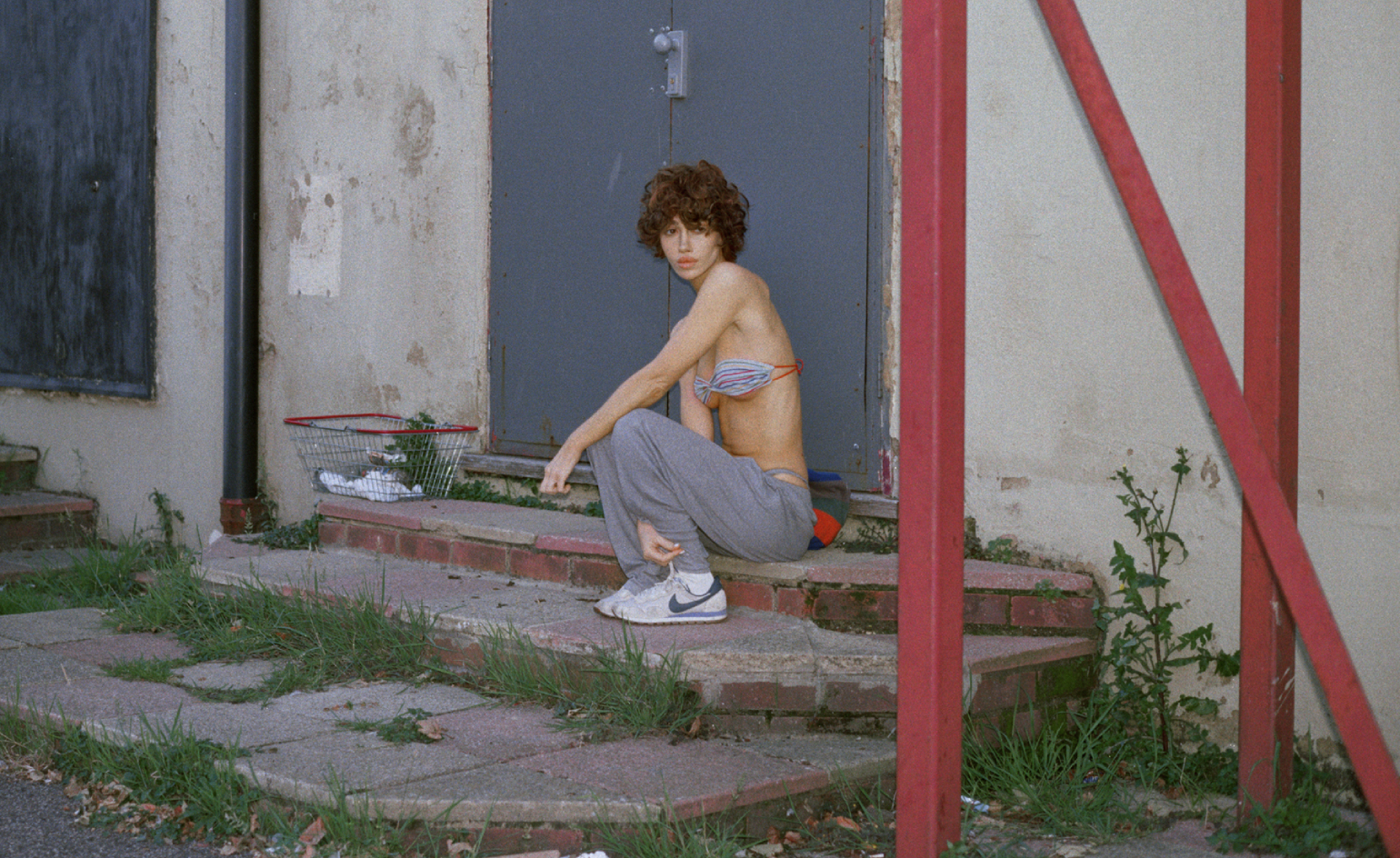 Nadia Lee Cohen distils a distant American memory into an unflinching new photo book
Nadia Lee Cohen distils a distant American memory into an unflinching new photo book‘Holy Ohio’ documents the British photographer and filmmaker’s personal journey as she reconnects with distant family and her earliest American memories
-
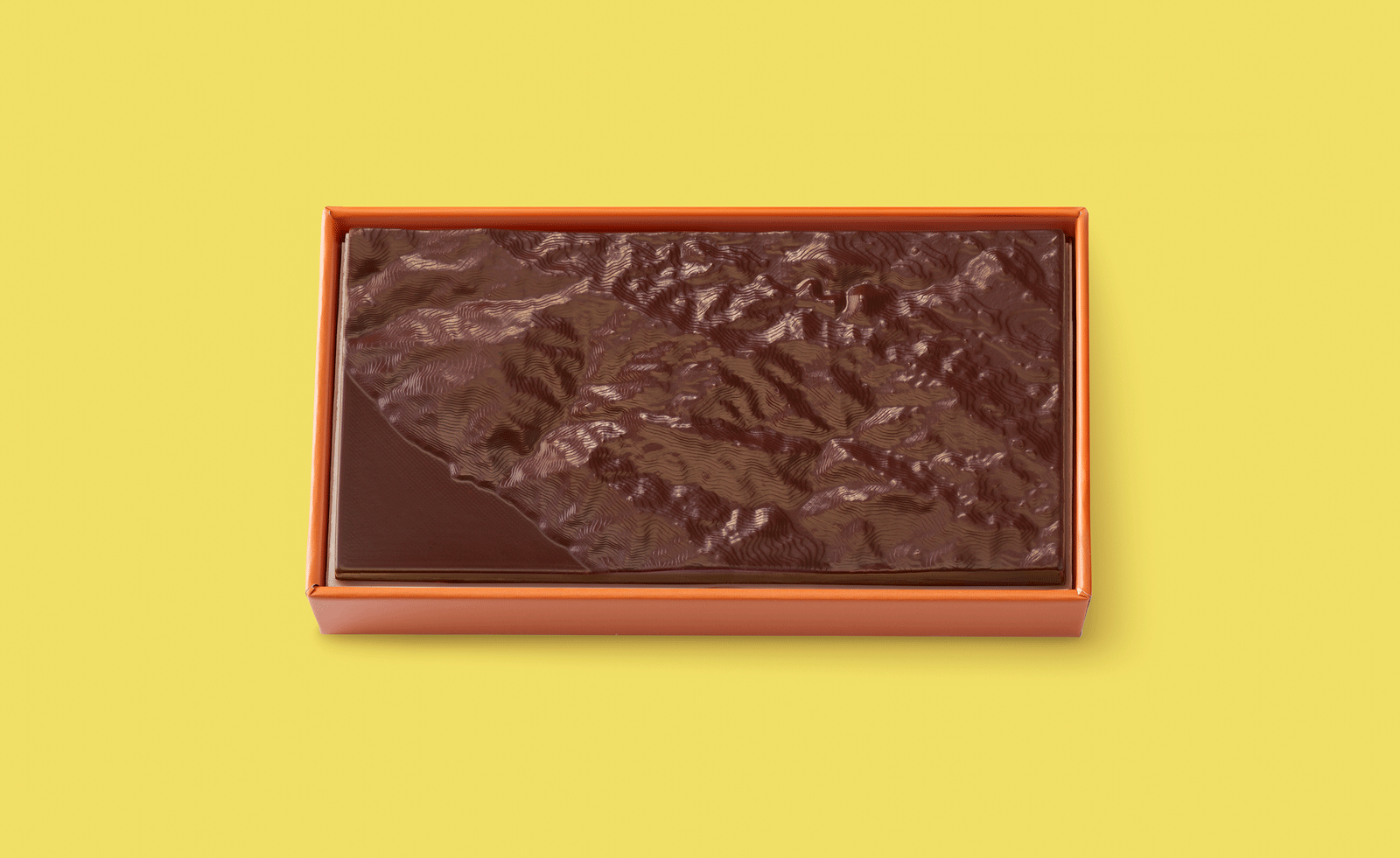 Ed Ruscha’s foray into chocolate is sweet, smart and very American
Ed Ruscha’s foray into chocolate is sweet, smart and very AmericanArt and chocolate combine deliciously in ‘Made in California’, a project from the artist with andSons Chocolatiers
-
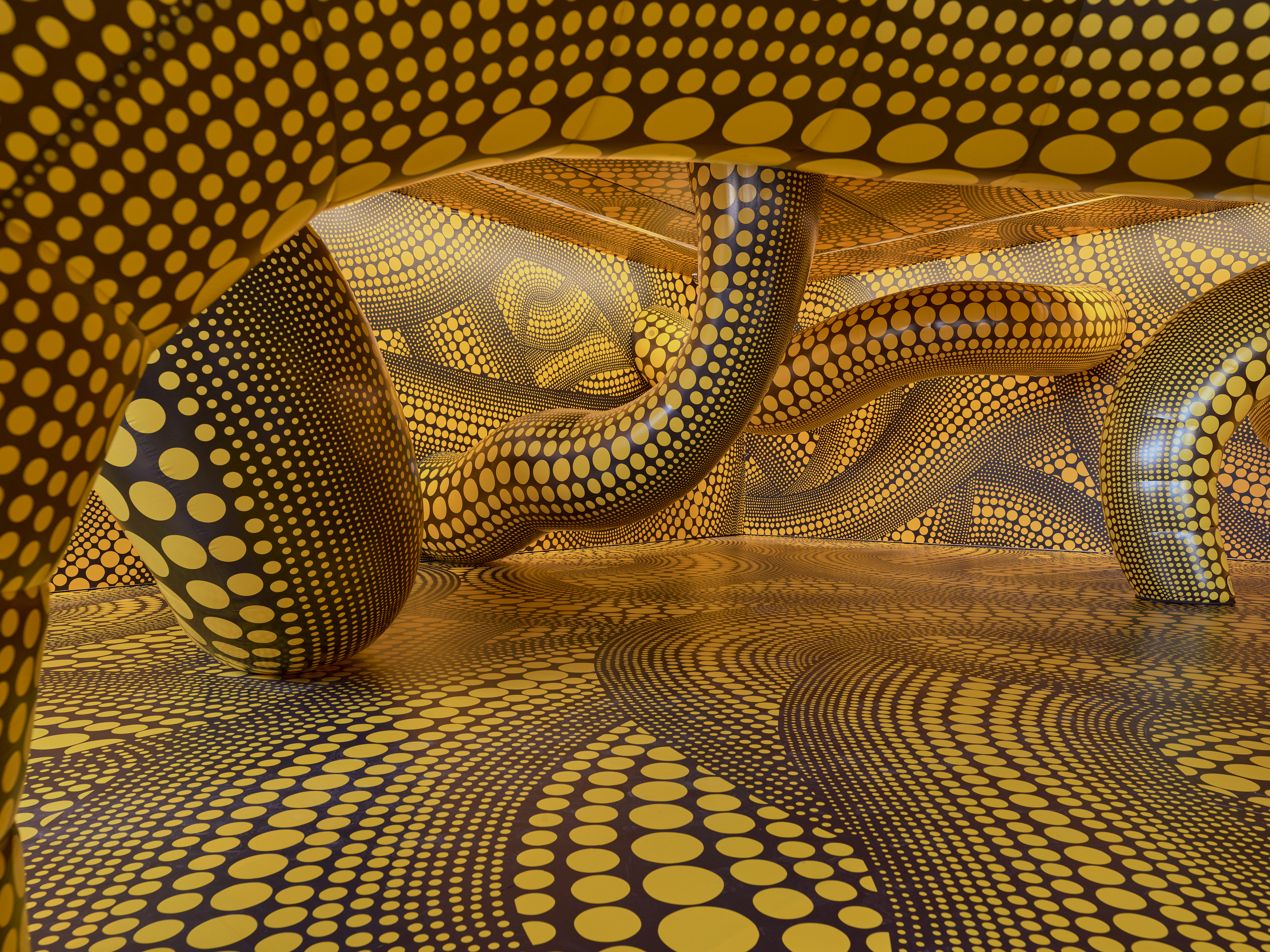 Unseen works meet immersive showstoppers as Yayoi Kusama hits Switzerland
Unseen works meet immersive showstoppers as Yayoi Kusama hits SwitzerlandAt the Fondation Beyeler in Basel, there are 300 works by Kusama to discover and it’s delightfully discombobulating
-
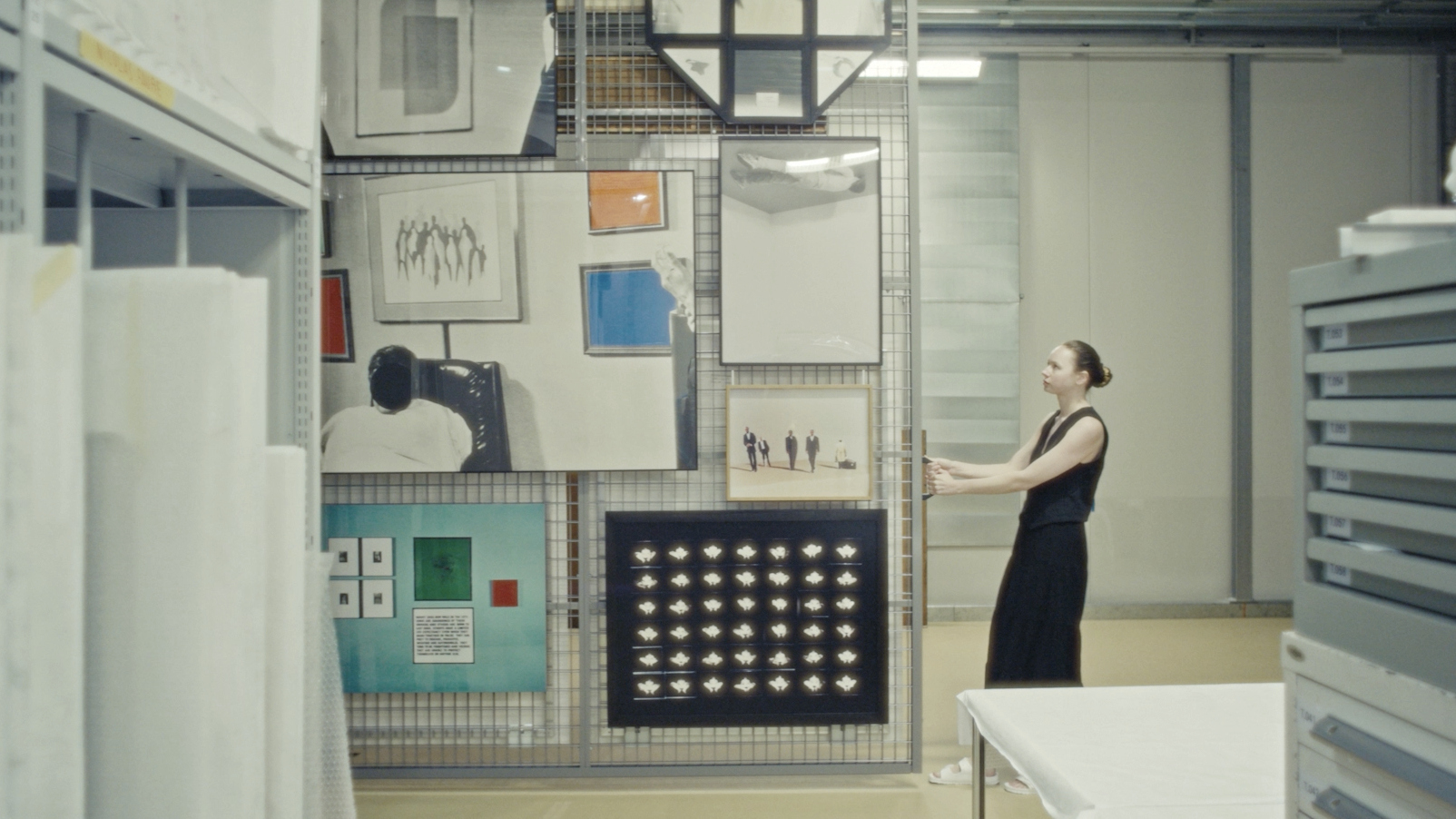 What to see at Switzerland’s art museums this autumn and winter
What to see at Switzerland’s art museums this autumn and winterWorld-class art, design and photography await at 11 Swiss museums. Take a video tour to peek inside, then plan your trip with our guide to the best exhibitions to see now and into 2026
-
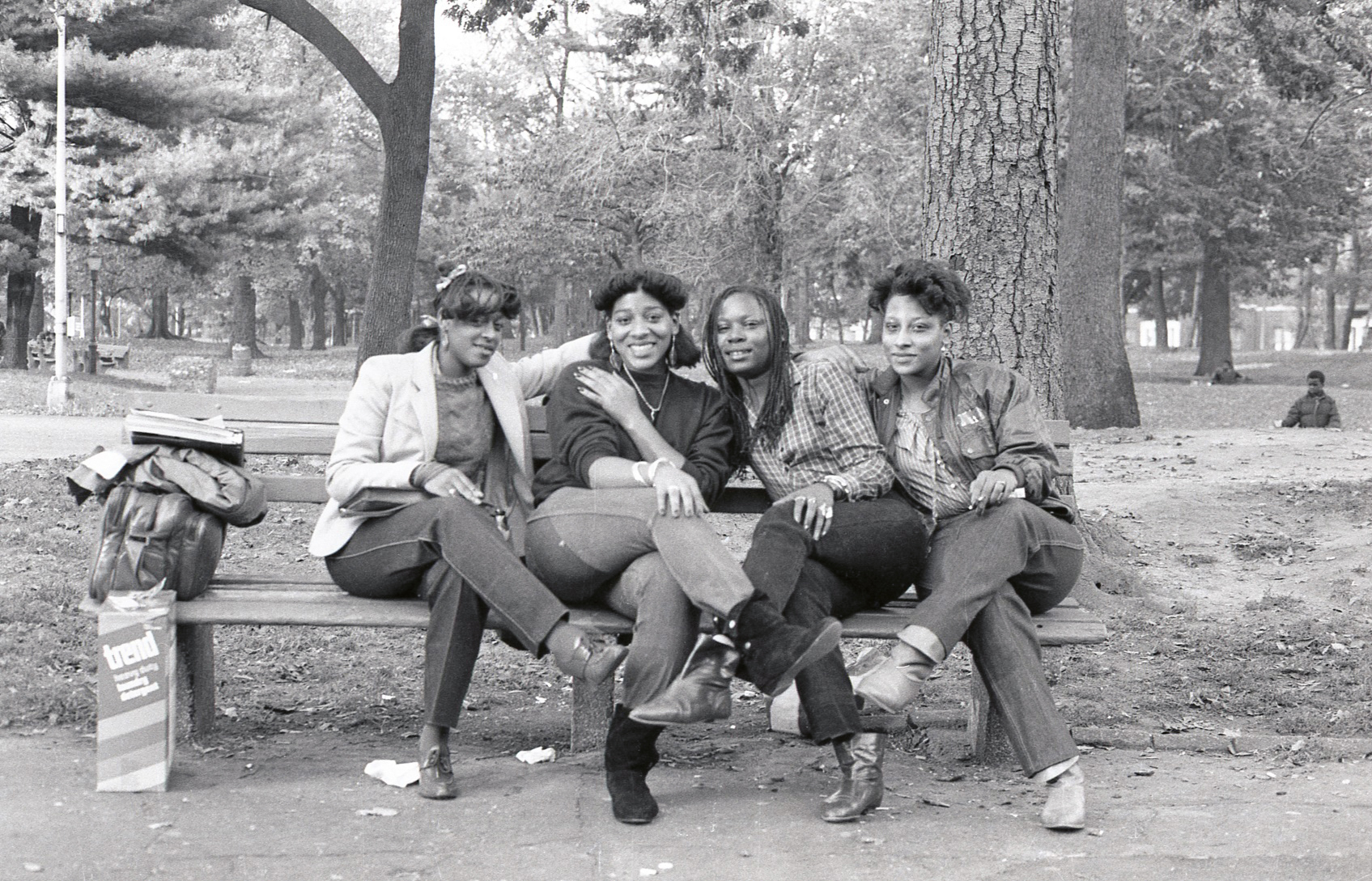 Jamel Shabazz’s photographs are a love letter to Prospect Park
Jamel Shabazz’s photographs are a love letter to Prospect ParkIn a new book, ‘Prospect Park: Photographs of a Brooklyn Oasis, 1980 to 2025’, Jamel Shabazz discovers a warmer side of human nature
-
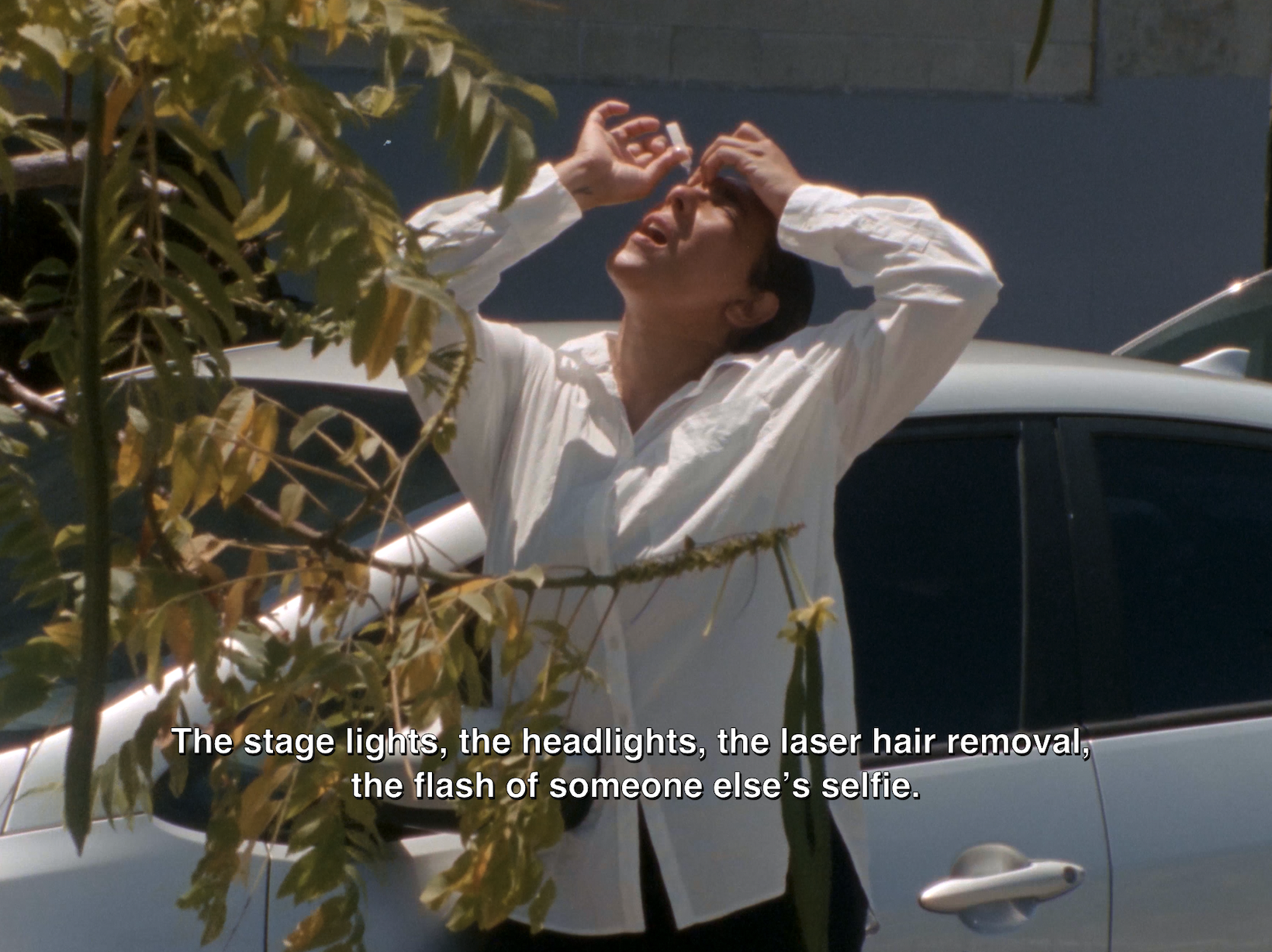 The Hammer Museum in Los Angeles launches the seventh iteration of its highly anticipated artist biennial
The Hammer Museum in Los Angeles launches the seventh iteration of its highly anticipated artist biennialOne of the gallery's flagship exhibitions, Made in LA showcases the breadth and depth of the city's contemporary art scene
-
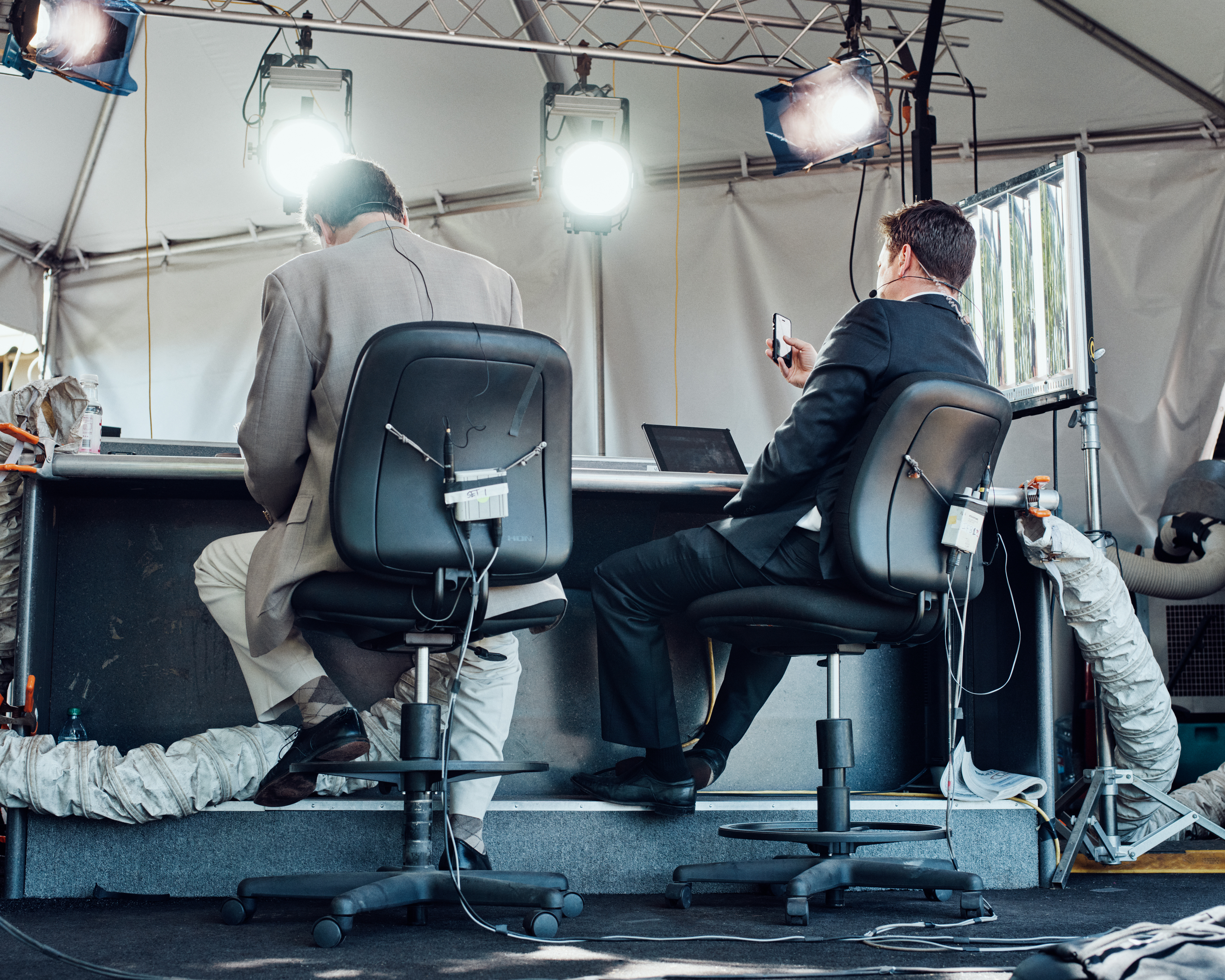 Thomas Prior’s photography captures the uncanny fragility of American life
Thomas Prior’s photography captures the uncanny fragility of American lifeA new book unites two decades of the photographer’s piercing, uneasy work
-
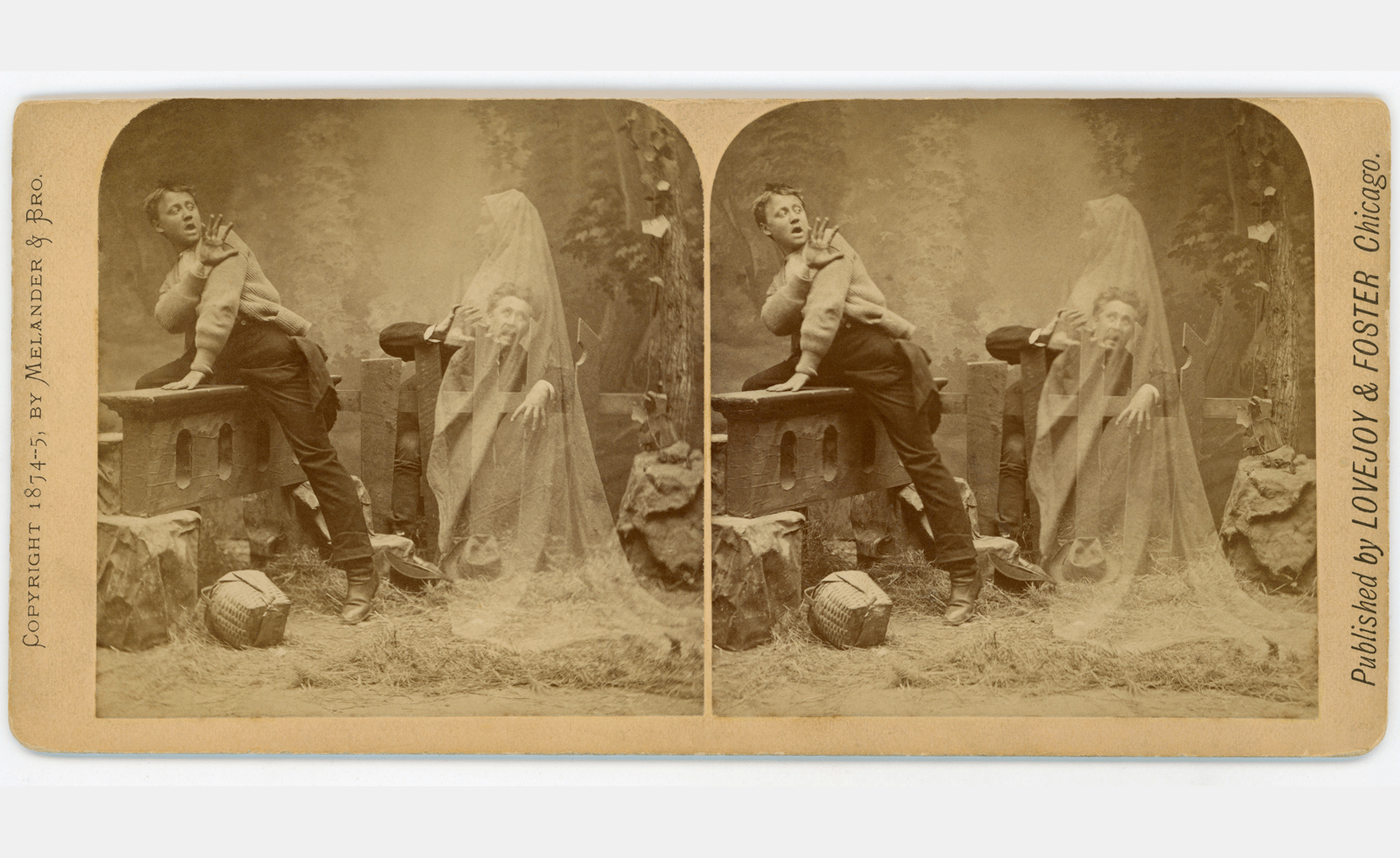 Why are we so obsessed with ghosts? From the psychological to the gothic, a new exhibition finds out
Why are we so obsessed with ghosts? From the psychological to the gothic, a new exhibition finds outGhosts have terrified us for centuries. ‘Ghosts: Visualizing the Supernatural’ at Kunstmuseum Basel asks what is going on